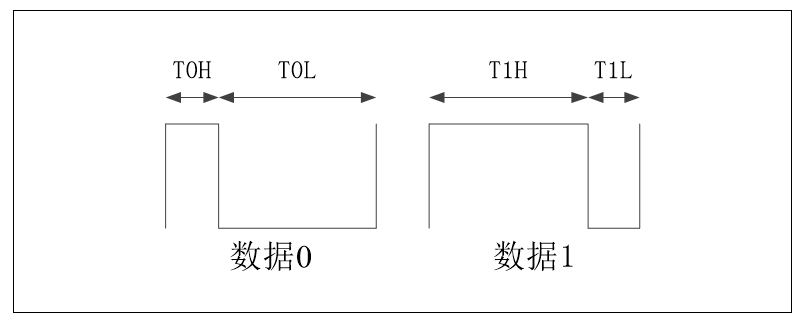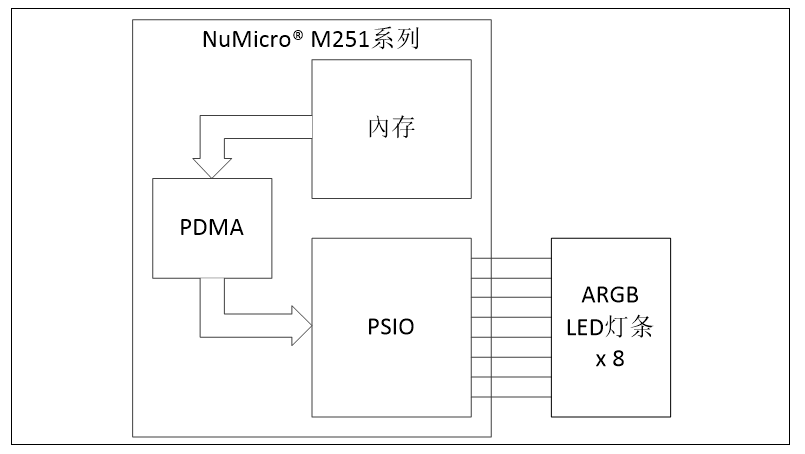Technology Special Report: Nuvoton Patented Programmable Serial I/O (PSIO)
What is PSIO
The programmable serial I/O (PSIO) refers to multifaceted serial communication formats that can be randomly generated by Nuvoton’s patented hardware for communicating with peripherals via external interfaces. The PSIO can simulate commonly used serial communication interfaces (UART, SPI, etc.), specific application serial communication interfaces (Maxim 1-wire, microchip single-wire UN I/O for EEPROM, Wiegand for card readers, etc.), and even serial communication interfaces using private protocols (SPI negotiation for LED lamp control, etc.)
The PSIO supports eight pins, and each is programmable for data input or output according to individual serial interfaces. The PSIO is equipped with four-channel controllers. Each can be divided into eight channels for users to adjust the cycle of each channel and control the sequence of serial communication according to the definition of the serial interface. The PSIO also supports different repeat modes for processing input or output data according to the communication format. To prevent occupying CPU resources in continuous transmission, the PSIO further supports peripheral direct memory access (PDMA) to interact with the input or output data and memory without CPU intervention.
The application of the PSIO is comprehensive. Here is an example of the PSIO application to the Addressable RGB LED (ARGB LED). By transmitting data via a single serial interface, a host can control the color of each LED on an ARGB LED light bars to create a gradational lighting effect, which is the mainstream of LED control application. The figure below shows the format of data transmission in the ARGB LED. Each series contains 24 data for controlling the red, green, and blue colors of each ARGB LED; the more the serial data, the more the ARGB LEDs can be controlled.

By controlling the channel cycle from the channel controller, we can adjust the timing of T0H/T0L and T1H/T1L to output data 0 or data 1. When integrating with the PDMA and repeat mode, the color display data can be output continuously from the memory to save CPU resources. The figure below shows the block diagram of the system in use. When it needs to refresh the colors of a LED light bar, input the new color data in the designated memory addresses and drive the PSIO. The PSIO will send a request to request the PDMA to send the memory data to the PSIO. Based on the present configuration, the PSIO will output the received data to the ARGB LED light bar.

Nuvoton’s NuMicro® M251 series supports PSIO peripherals. The M251xG6AE, equipped with 32KB memory, can control up to 8 ARGB LED light bars, each with about 180 LEDs. The M251xE3AE equipped with 16KB memory can control up to 8 ARGB LED light bars, each with about 80 LEDs. The table below shows the number of LEDs supported by different models of the NuMicro® M251 series:
|
Models under M251 |
Memory (KB) |
No. of ARGB LED Light Bars |
No. of LEDs per Bar |
|
M251xG6AE |
32 |
8 |
180 |
|
M251xE3AE |
16 |
8 |
80 |
|
M251xD2AE |
12 |
4 |
120 |
|
M251xC2AE |
8 |
4 |
60 |